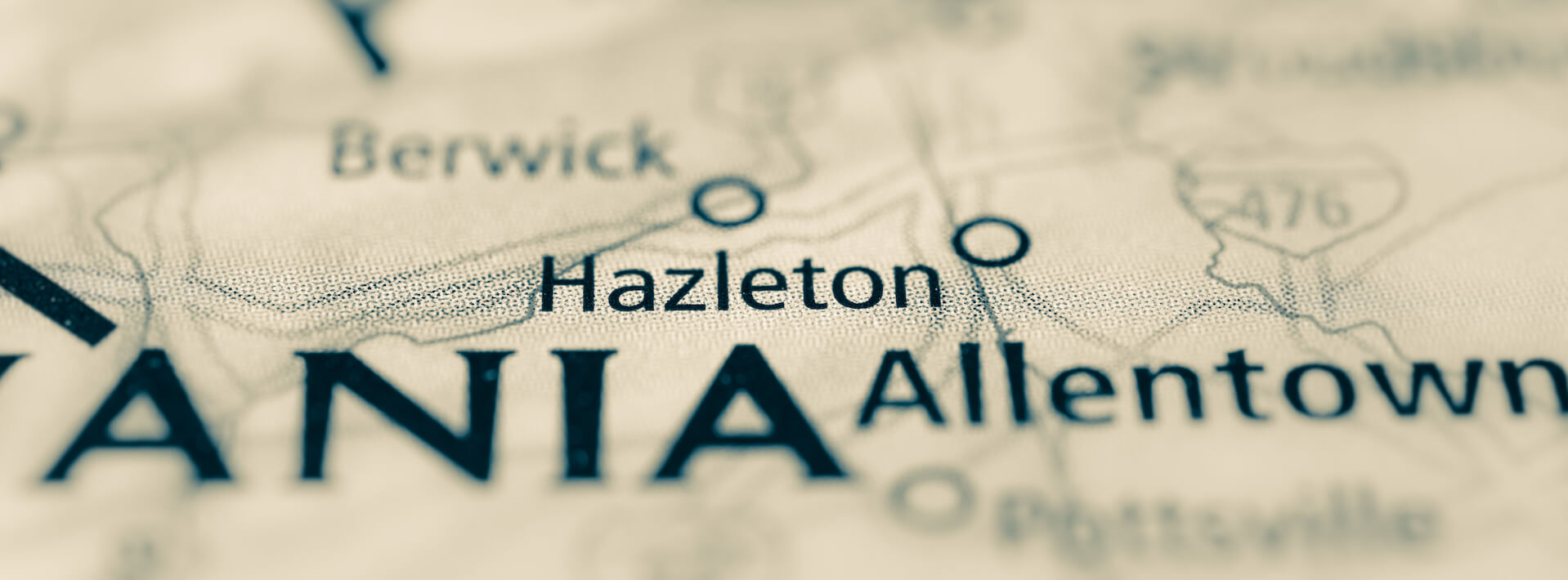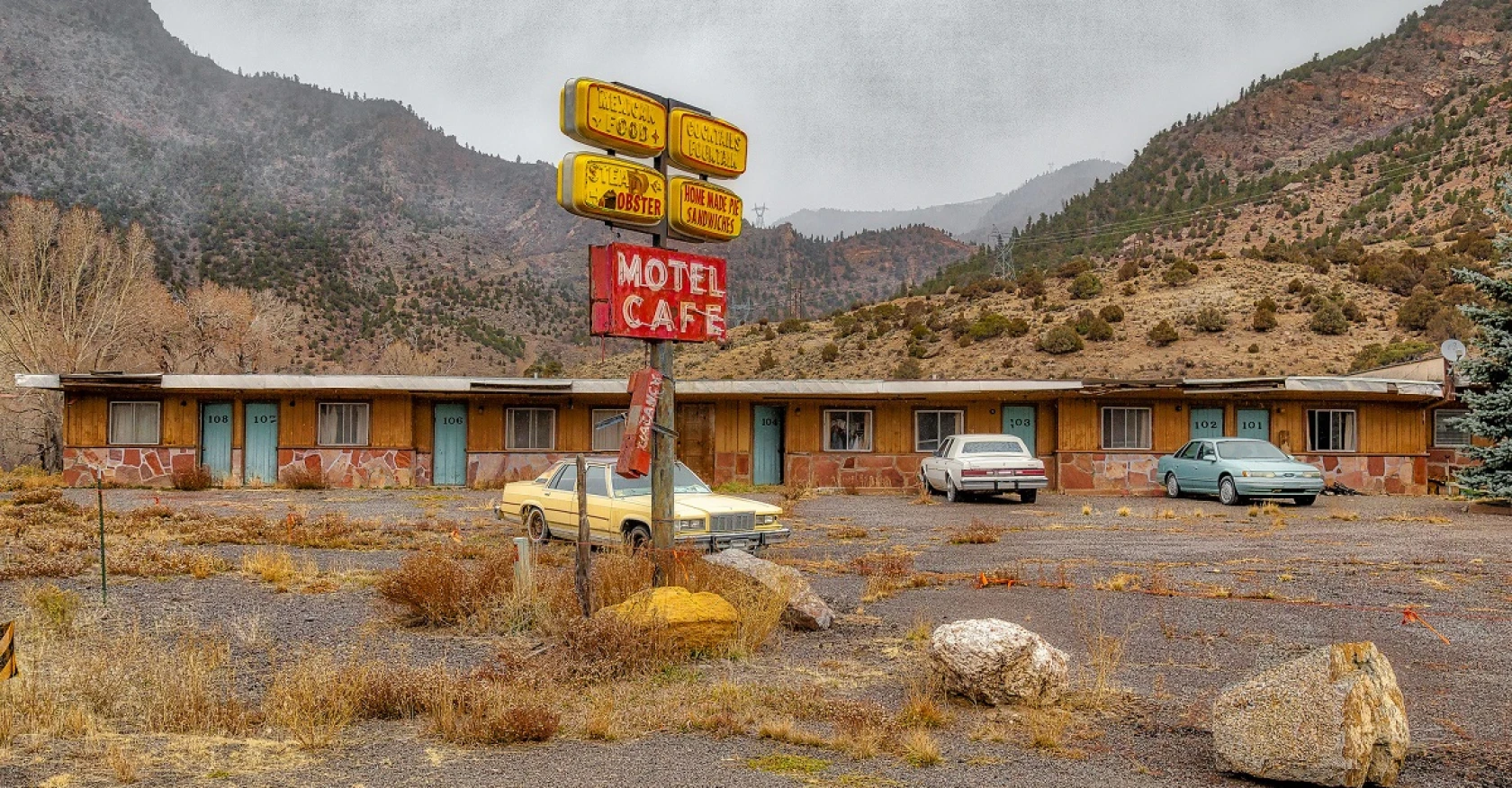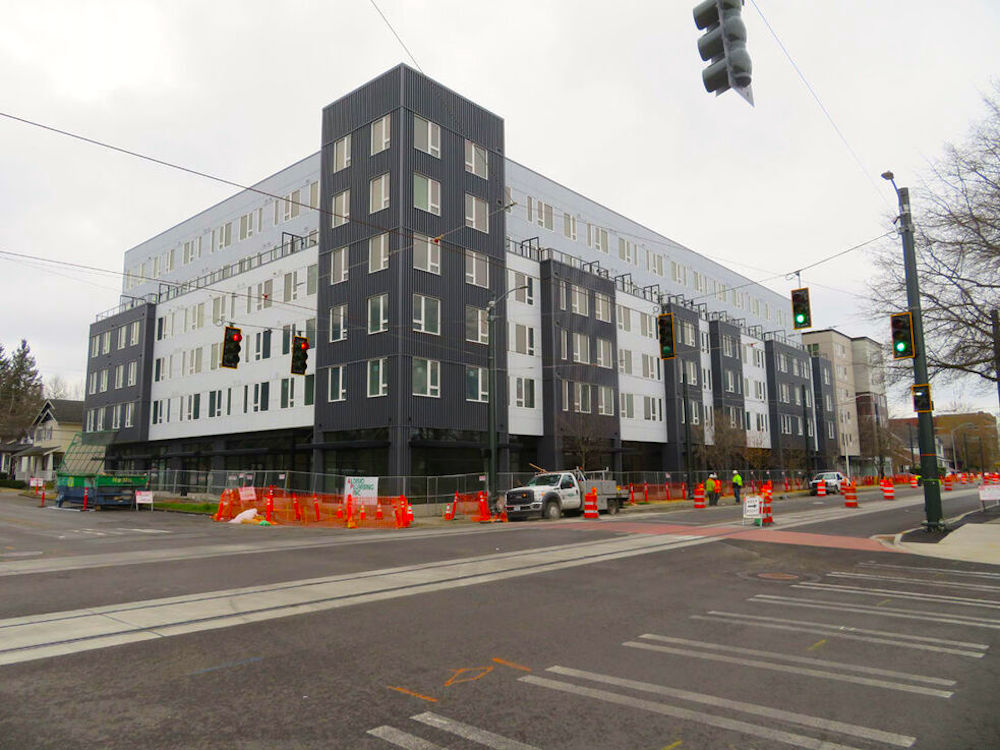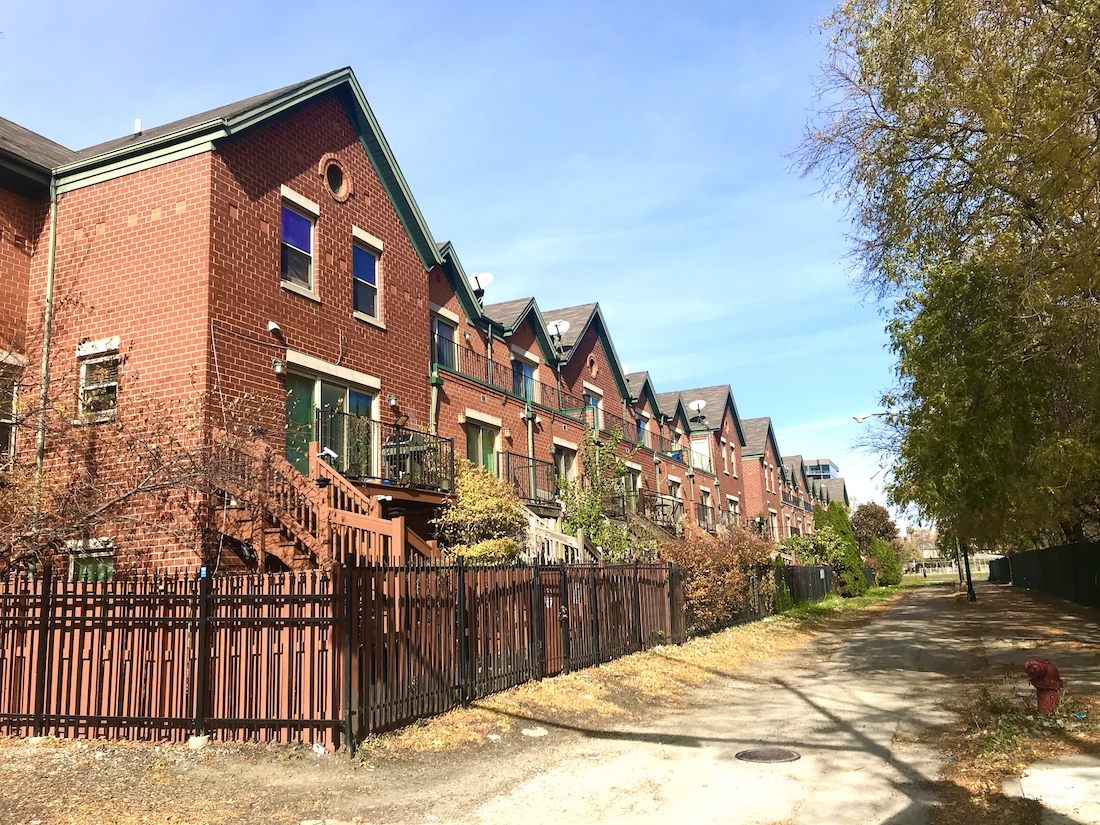ImpactAlpha, Apr. 29 – A senior-care facility in Heflin, Alabama, population 5,000. A restored hotel in Selma. Workforce housing and an historic theatre in Birmingham.
In the last three years, Opportunity Alabama has helped facilitate more than a dozen real estate projects, totaling more than $300 million, in low-income areas of one of the nation’s poorest states. The projects, which meet needs identified by community partners are located in Opportunity Zones, qualifying investors in the projects for capital gains tax breaks that were included in the 2017 tax cuts.
The strategy of building projects up from the grassroots, rather than down from the financing, has made Opportunity Alabama appealing even to nonprofit investors who can’t take advantage of the tax break. The organization has raised $13 million for The Opal Fund, a joint venture with Blueprint Local, a place-based investment platform led by Village Capital founder Ross Baird. Blueprint Local has also raised Opportunity Funds in Baltimore and Texas’ Austin-San Antonio corridor.
Local foundations that have invested in the Opal Fund, including Regions Foundation and Alabama Power Foundation, provided “institutional validation” that helped Opportunity Alabama unlock gains-motivated capital from family offices and private investors including the Jemison Investment Co., says Alex Flachsbart, the young economic development lawyer in Birmingham who jumped quickly to take advantage of the tax breaks to build up the capital ecosystem for low-income rural and urban centers across Alabama.
The momentum in Alabama “speaks to the latent power of Opportunity Zones,” Flachsbart told ImpactAlpha. “The incentive is powerful enough, and it’s got a reach that’s broad enough and an aperture wide enough to start the conversation about investing in low-income places that we haven’t been having for the last 100 years.”
Off the rails
Strategies that come from within communities rather than from the outside were always key to fulfilling the spirit of the Opportunity Zone incentive to encourage capital investment in long-neglected neighborhoods. Almost three years in, however, such community-led strategies, from Opportunity Alabama and Blueprint Local to groups like Arctaris and Erie Downtown Development Corporation, represent exceptions to the rule.
When Opportunity Zones were slipped into the 2017 tax package, many wealthy investors with pent up capital gains saw an opportunity for a quick tax break on real estate investments in up-and-coming neighborhoods they planned to make anyway.
Findings from the first comprehensive study of Opportunity Zones showed that the lion’s share of Opportunity Zone investments have flowed to gentrifying neighborhoods already attractive to investors: areas close to downtown with fast populations and income growth, and a declining non-white populaiton. Little capital flowed to rural areas. Investments were also highly concentrated in real estate, rather than in the kind of operating businesses that help neighborhoods thrive.
University of California, Berkeley researches Patrick Kennedy and Harrison Wheeler analyzed data from 2019 tax returns to show that that year, $18.9 billion flowed to just 16% of the nation’s 8,000 designated Opportunity Zones.
“It’s hard to see any evidence that low- and moderate-income people are benefiting from this incentive,” Urban Institute’s Brett Theodos told the New York Times. President Biden, who made a campaign promise to reform the program, is weighing fixes including fuller disclosure of the impact on Opportunity Zone investments on the low-income communities they are supposed to help.
Investors picked the “low-hanging fruit” within the eligible class of census tracts, says Kenan Fikri of Economic Innovation Group, which helped develop the concept (see, “Turning capital gains into community investments”). If the pattern holds over the lifetime of the policy, “it would signal that OZs had undershot their potential to activate more private investment in the country’s most struggling neighborhoods.”
The challenge for policymakers, says Kikri, “is to ensure that the map of OZ investing diversifies significantly from here.”
Opportunity Zones 2.0
In Alabama, the tax break was the impetus to revive financing in areas of the state that have languished for decades. Opportunity Zones, Flaschbart says, became “the excuse to get communities, project sponsors and investors together around one table actually talking to each other about need sets, opportunity sets, investment sets.”
That experience could be instructive for Biden administration officials who want the program to be structured in ways that advance racial equity, small business creation, and homeownership in low-income urban, rural, and tribal communities, according to its plan to “Build Back Better.” Among its top priorities: affordable housing investment in Opportunity Zones.
Impact investors and other proponents of Opportunity Zones have long advocated (including in more than a dozen posts on ImpactAlpha), for additional guardrails and regulations that would improve transparency, further encourage investment in new and existing businesses, and accelerate market development. Some such provisions, including reporting requirements, were stripped from the original legislation during budget reconciliation of the 2017 Tax Cuts and Jobs Act.
Along with the Economic Innovation Group, the U.S. Impact Investing Alliance and dozens of other groups and investors submitted to the Biden administration last month a set of detailed changes they believe would position the incentive to play a key role in a “build back better” agenda. Among the recommendations: Reporting and transparency requirements, early sunsetting of high-income OZ tracts and federal funding for states and communities for predevelopment coordination and risk mitigating capital.
It was perhaps inevitable that the attraction of tax breaks would encourage all sorts of bad behavior in Opportunity Zones. Less clear was whether community leaders could mobilize enough good things.
Proponents can point to projects that deliver mental health in Phoenix, residential solar in Chicago, affordable housing in Los Angeles, historic preservation in Springfield, Mass., and to support returning citizens in Delaware and Washington DC, startups in Scranton and economic reinvention in Erie, Penn., along with the slate of projects in Alabama that has grown out of local organizing efforts.
“It’s for exactly that reason that we’re bucking the trend,” says Flachsbart. “Because of our roots, we’re working with project sponsors to actively integrate local economic development efforts, workforce development efforts and nonprofit initiatives into the design schema – and leveraging our investment to extract those concessions” from project sponsors.











